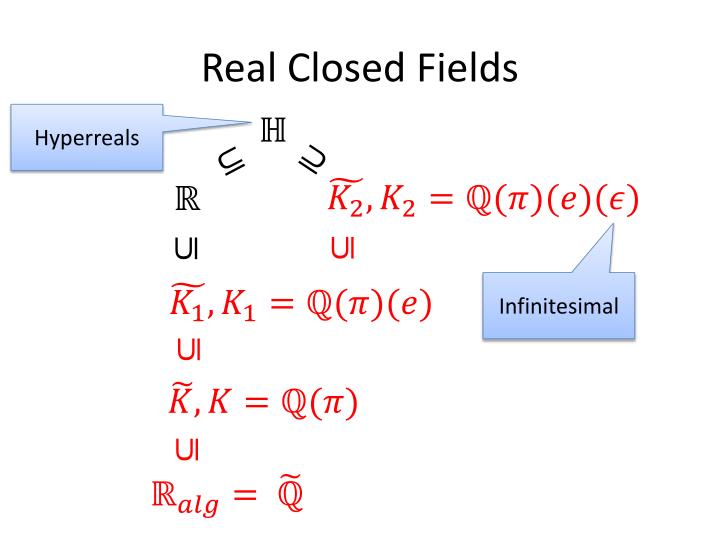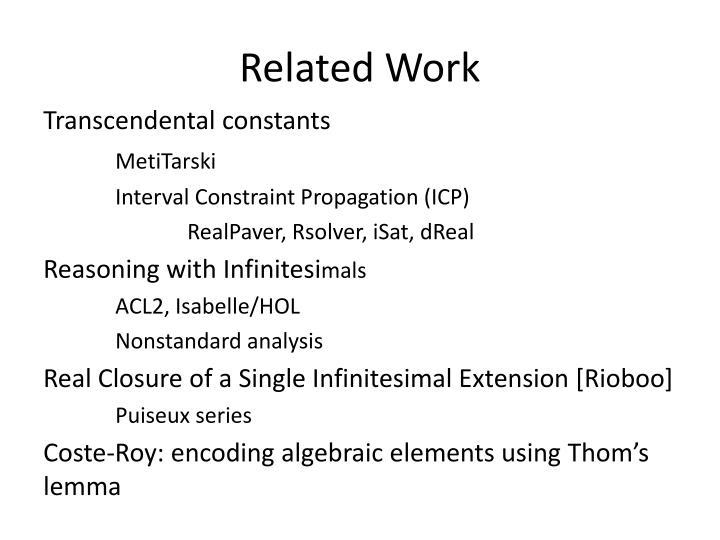


Consequently, the supremum is also referred to as the least upper bound. The supremum of a subset S of a partially ordered set T is the least element in T that is greater than or equal to all elements of S, if such an element exists. Consequently, the term greatest lower bound is also commonly used. Our educational experience and the student reactions to our approach are detailed in this recent publication.In mathematics, the infimum of a subset S of a partially ordered set T is the greatest element in T that is less than or equal to all elements of S, if such an element exists. Thus the students receive a significant exposure to both approaches. To respond to the recent comment, a difference between our approach and Keisler's is that we spend at least two weeks detailing the epsilon-delta approach (once the students already understand the basic concepts via their infinitesimal definitions).

In fact, I did a quick straw poll in my calculus class yesterday, by presenting (A) an epsilon, delta definition and (B) an infinitesimal definition at least two-thirds of the students found definition (B) more understandable. Infinitesimals provide an alternative approach that is more accessible to the students and does not require excursions into logical complications necessitated by the epsilon, delta approach. The epsilon, delta techniques involve logical complications related to alternation of quantifiers numerous education studies suggest that they are often a formidable obstacle to learning calculus. To answer your question about the applications of infinitesimals: they are numerous (see Keisler's text) but as far as pedagogy is concerned, they are a helful alternative to the complications of the epsilon, delta techniques often used in introducing calculus concepts such as continuity.

The real numbers $\mathbb$ is algebraically simplified to $2x+\Delta x$ and one is puzzled by the disappearance of the infinitesimal $\Delta x$ term that produces the final answer $2x$ this is formalized mathematically in terms of the standard part function.


 0 kommentar(er)
0 kommentar(er)
